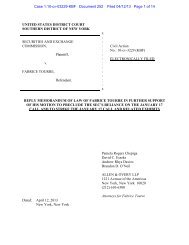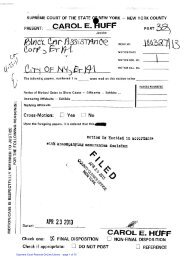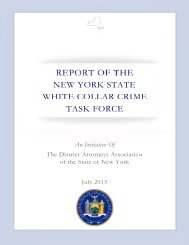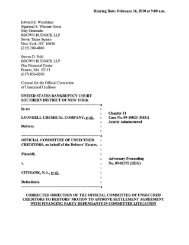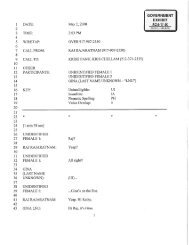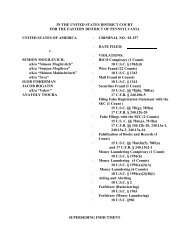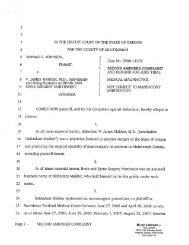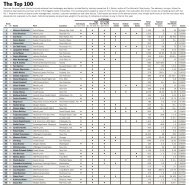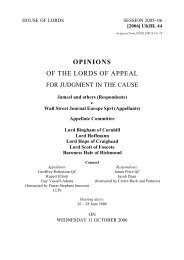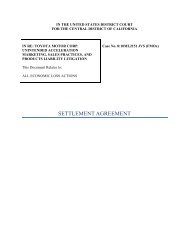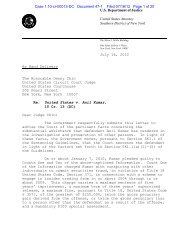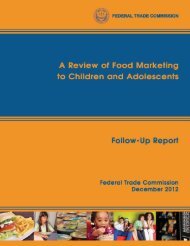Salz Review - Wall Street Journal
Salz Review - Wall Street Journal
Salz Review - Wall Street Journal
Create successful ePaper yourself
Turn your PDF publications into a flip-book with our unique Google optimized e-Paper software.
<strong>Salz</strong> <strong>Review</strong><br />
An Independent <strong>Review</strong> of Barclays’ Business Practices<br />
54<br />
Regulatory Authority, a securities regulator, imposed approximately twenty times as<br />
many fines as the FSA. Similarly, financial institutions face significantly higher<br />
regulatory fines and settlements in the US than in the UK. For example, for its role<br />
in the LIBOR scandal, Barclays was fined $200 million by the Commodity Futures<br />
Trading Commission (CFTC) and $160 million by the US Department of Justice<br />
(against £59.5 million by the FSA). RBS’s equivalent fines in February 2013 were<br />
$325 million by the CFTC, and $150 million by the US Department of Justice (DoJ).<br />
6.6 The quantum of fines also seems to be increasing in the US. In the second half of<br />
2012, Standard Chartered incurred a civil penalty charge of $340 million and a<br />
forfeiture of $100 million to the New York Department of Financial Services for<br />
transactions with Iranian clients. HSBC was fined $1.9 billion by the DoJ, the Office<br />
of the Comptroller of the Currency (OCC) and the Federal Reserve after allegations<br />
of money laundering through the US by Mexican drug cartels and certain other<br />
transactions with sanctioned countries.<br />
6.7 UBS has been fined a total of $1.2 billion by the DoJ and the CFTC for its part in<br />
the LIBOR events, as well as being ordered to pay a disgorgement of profits of<br />
CHF59 million to the Swiss Financial Market Supervisory Authority (FINMA). 88<br />
6.8 The UK and US regulatory environments have become much more challenging for<br />
all banks. And in addition to the cost of fines, banks face substantially increased<br />
compliance costs of their own in their efforts to ensure their operations do not<br />
breach the various regulatory rules. The most obvious cost relates to the need for<br />
banks to employ more compliance staff. 89 The costs for regulators have also<br />
increased (see Figure 6.3 on the FSA budget).<br />
Figure 6.3 – FSA (and predecessors) Budget Evolution (1998-2013)<br />
£m<br />
600<br />
Actual<br />
Estimate<br />
400<br />
+11%<br />
200<br />
156<br />
163<br />
170<br />
182<br />
195<br />
+6%<br />
203<br />
211<br />
241<br />
267<br />
269<br />
298<br />
335<br />
392<br />
451<br />
475<br />
544<br />
0<br />
1998 1999 2000 2001 2002 2003 2004 2005 2006 2007 2008 2009 2010 2011 2012 2013<br />
% CAGR (in %)<br />
Notes: Care is needed with these figures due to increases in the scope of the FSA’s activities during the period; 2013 represents the budgeted costs<br />
Source: Financial Services Practitioner Panel, FSA annual reports and business plans<br />
88 FINMA, “LIBOR: FINMA concludes proceedings against UBS and orders disgorgement of profits”,<br />
press release, 19 December 2012.<br />
89 See Section 3 for Barclays’ compliance staff numbers.




